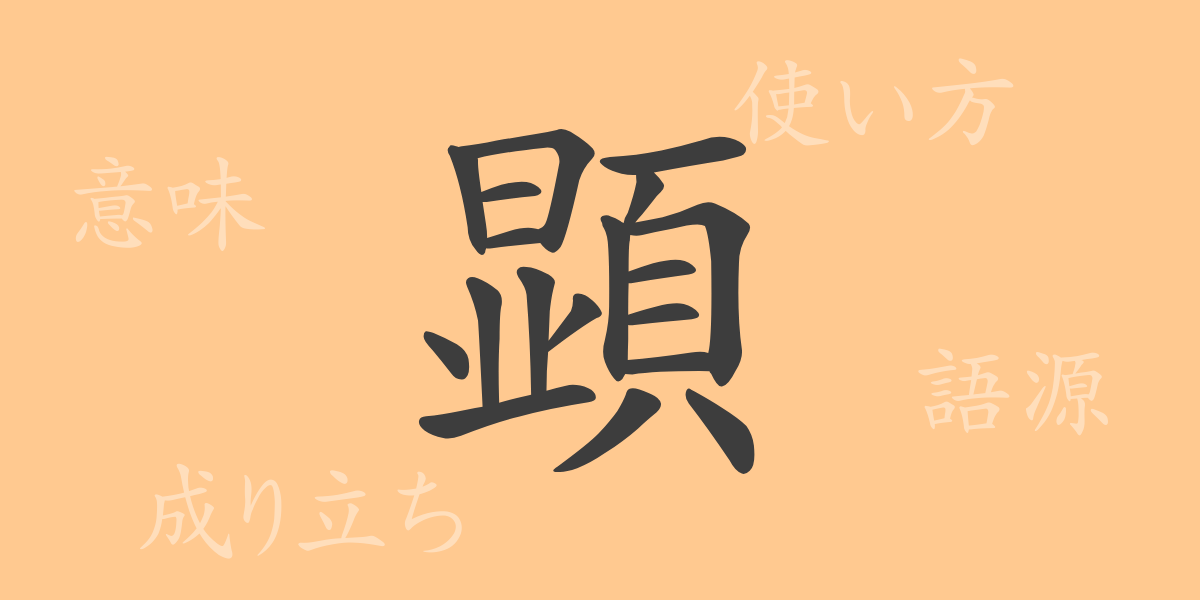In the rich tapestry of Japanese written culture, commonly used kanji are indispensable elements of daily communication. Among them, “顕(けん)” is a unique character used in specific situations and is familiar to many Japanese people. This article delves into the origins, meanings, and usages of the kanji “顕,” exploring its charm through the compounds commonly used in everyday life.
Origins of 顕(けん, ken)
The kanji “顕(けん)” originates from ancient China and has undergone various transformations while retaining its fundamental meaning. Tracing its etymology, we find that “顕(けん)” combines elements representing “to show” and “to stand out” in ancient scripts. This combination reflects the basic meaning of “顕(けん)”: to make something clear or to reveal it distinctly.
Meaning and Usage of 顕(けん, ken)
“顕(けん)” means “to reveal” or “to make clear” and is often used to highlight or clarify something. This kanji frequently appears in academic contexts and official documents, effectively emphasizing abstract concepts or tangible entities that need to be clearly demonstrated.
Readings, Stroke Count, and Radical of 顕(けん, ken)
The kanji “顕(けん)” embodies the complexity of the Japanese language through its readings and composition:
- Readings: The On’yomi (音読み) is “ケン(けん, ken)” and there is no Kun’yomi (訓読み).
- Stroke count: The total number of strokes is 18.
- Radical: The radical is “示(しめすへん, shimesuhen),” which relates to showing or indicating.
Idioms, Proverbs, and Phrases Using 顕(けん, ken)
Compounds and idioms containing “顕(けん)” are used in various contexts due to their clear meanings. For instance, “顕著(けんちょ)” means “remarkable or noticeable,” and “顕微鏡(けんびきょう)” refers to a “microscope,” an instrument used to see small objects clearly. These expressions are valuable in both everyday conversation and specialized contexts.
Conclusion About 顕(けん, ken)
The kanji “顕(けん)” holds the power to clarify and reveal, as suggested by its form. Its use in Japanese is primarily found in documents and books, playing a crucial role in academic discussions and official announcements. Understanding and correctly using “顕(けん)” can make our communication clearer and more comprehensible.

























